Why you should Transition From Product Loyalty to Customer-Led Loyalty
Back in the day, businesses only needed to focus on a limited set of existing competitors. However, in today’s day and age, new innovative businesses and disruptors open constantly. This means business owners need to work harder to attract and retain their customers.
But is there a secret recipe to achieve this? According to Ian Golding, a seasoned customer experience consultant and renowned speaker on the topic, companies need to consider taking a customer-led approach to their loyalty program.
Downsides of Product-Led Loyalty
Having consulted for decades across retail, financial services and other industries, Ian identified a common problem: the fact that legacy brands are struggling because they approach loyalty with a product-led mindset.
Product-led loyalty means that companies focus on developing the most innovative products/services to attract and retain customers. Alternatively, companies also try to retain customers by constantly releasing new products or updates.
According to Ian:

It's nearly impossible for companies to release entirely new and unique products. Given how accessible resources and material is, business who follow product-led loyalty will fall short. As such, this tactic will not work in today's day and age. This often happens when companies prioritize sales over the emotional connection with their consumers.
Why Customer-Led Loyalty Works
Experience is the new product and time is the new price, meaning that customers now prioritize their experience with a company, sometimes more than the product itself.
Better yet, when companies take a customer-led approach, they have more room to differentiate themselves from other businesses that offer similar products/services. As such, if companies want to remain relevant and retain their customers, they need to switch from a product-led model to a customer-led model.
As Ian recalls, it’s all about “find, win, keep.” In essence, companies want to focus on finding customers, winning over their business, and keeping them around for as long as they can.
A customer-led approach allows companies to focus more on establishing the emotional connection that customers want with brands. If you’re curious to learn ways to establish this emotional loyalty, check out our Stampix Mini Guide.
It also forces businesses to develop strategies that will entice customers to stick around for the long run. For legacy brands who have stuck with the product-led model, making the transition to a customer-led model will be difficult. However, if companies can develop a long-term strategy, it’s more than possible.
Ways to Measure Loyalty
While many marketers rely on NPS or business numbers to measure customer loyalty, businesses should merge the finance metrics with customer metrics. What exactly does this look like?
According to Ian, businesses should look at 3 metrics: the voice of the customer, the voice of the employee, and the voice of the process. These metrics give businesses insight into the cause-and-effect relationship between their service and the response from customers.
Overall, if businesses can centralize their loyalty programs around the best interest of their customers, they’re heading in the right direction. According to Ian, with courage and willingness to do so: “Making the switch from product-led to customer-led is the secret to keeping customers around.”
This post is part of the #Loyalty Expert Talks, a Stampix original series: 20 minutes live chats with real stories and insights from the world’s finest retention & loyalty marketers.








